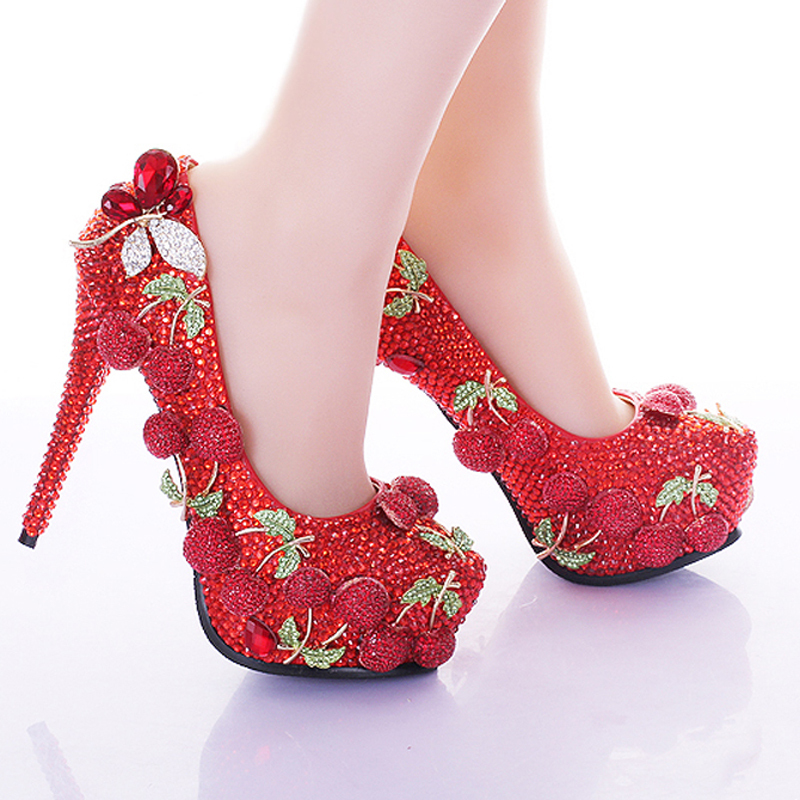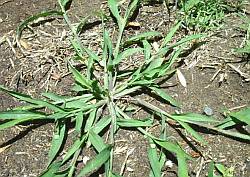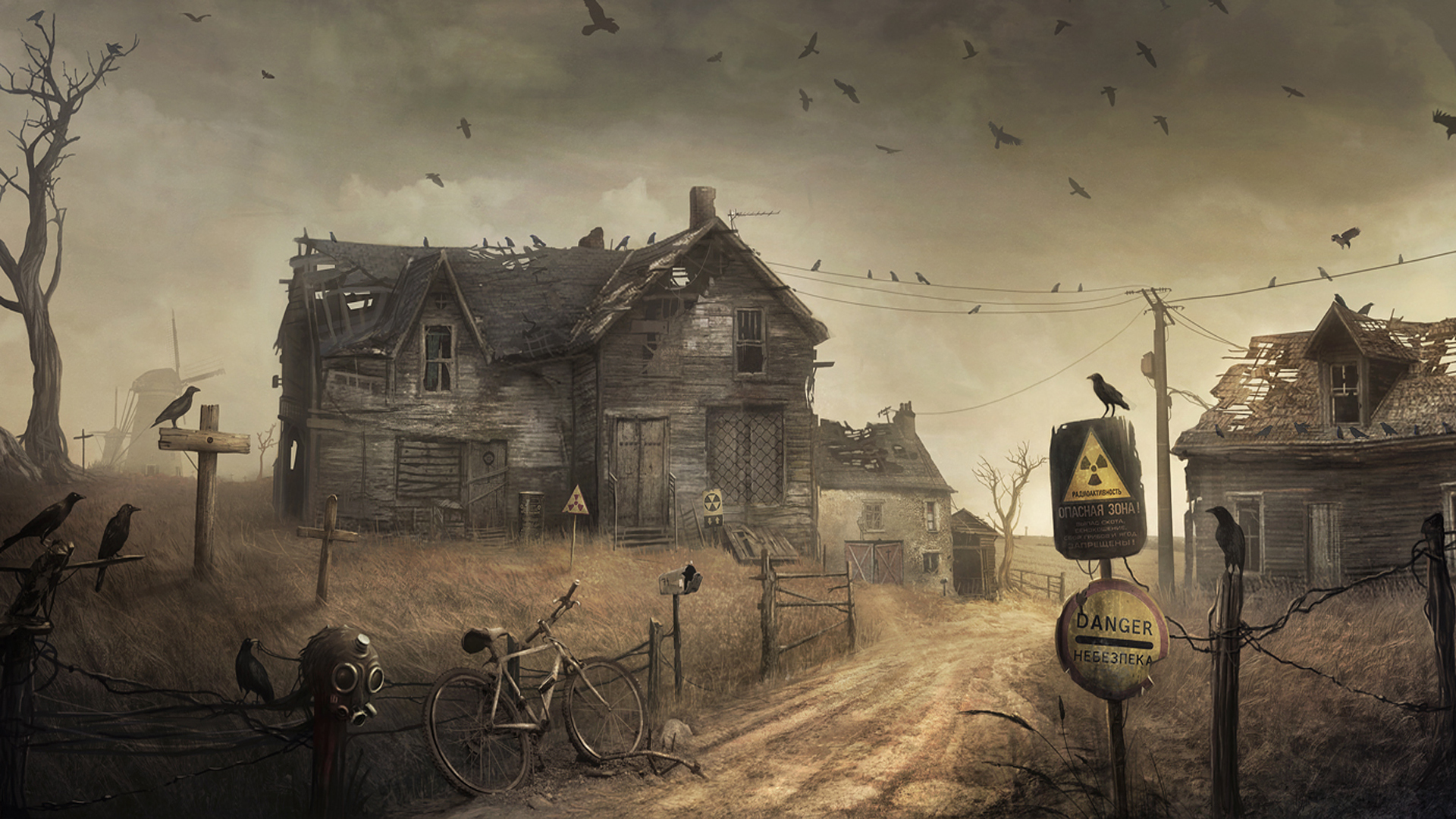 |
| The face of pure joy. |
It's emotional, to think that those things exist. It leaves me on the verge of tears and makes me want to know where I can buy that fish that tastes like the ocean; that goose crackling with the fat of olives and figs and a happy healthy life. It stirs something in me, deeply, and the common thread is this: a closed ecological system.
We industrial age Americans are so far removed from this idea that we only vaguely remember it in the most forgotten and buried parts of our subconscious--the struggle to be caretakers of the land. We knew it once, or someone did--we all learned about how the pilgrims were taught to plant fish with their seed corn to feed the land (although history disagrees about whether Squanto himself learned this from the Spanish or whether this was ever common practice for Native Americans). It's centuries gone, that practice of hunting only what you can eat; harvesting but leaving some for seed; leaving the dead plants to grow wild so their leaves fall and fertilize the soil, so their hollowed stems collect water for butterflies and make egg chambers for wild bees. It's centuries gone, but when we remember, when we rediscover, when we stumble upon it, there's something in our ancestral memories that stirs, that makes the feeling of contributing to a closed system so healthy it can feed itself...satisfying.
I'm a long way from permaculture (the practice of fully sustainable farming) in my backyard. I take baby steps. This spring we started composting and I was startled how quickly those bins filled up, and then compacted down again, and filled up again. Apple cores, carrot peels, pulp from the juicer, paper towels, cardboard all disappeared into the bins and when left alone produced pounds and pounds of deep, rich, velvet black stuff, soft as crumbled cake, richer than the best compost you can buy in the nursery. Compost went into the tomato bed and the tomato plants exploded into red rubies, Romas as big as small pears, bursting with flavor, dripping from the vines by the bowlful, far more than we could eat. The plants spent, the vines and the leaves got chopped and mixed back into the soil where they withered and decayed and turned the soil darker, richer.
We started collecting rainwater and watering our plants with that. Rich with compost, the green beans flourished and bloomed with their tiny violet and white flowers shaded by spade-shaped leaves; the beans fed us, their snapped off ends feeding the compost bins; we ate what we could and left the rest on the bushes to go to seed. The green beans shriveled and browned and burst open, filling our hands with shiny aubergine seed beans, ready to be saved in envelopes for next season. Sunflowers bloomed and shed endless fat grains of pollen all over their enormous leaves, drawing bees by the dozen; they slowly drooped and dried, their seeds slowly turning from creamy white to striped to glossy black and tumbling from their heads when you ran a fingertip across them. The decapitated stalks, hollow, stand waiting for wild bees to lay their eggs inside for spring. Heirloom lettuce, growing unchecked and abundant in a compost-soil mix, gives us far more salad than we can eat, and the unpicked stalks grow into tall, thick obelisks; they darken and grow bitter as they set flower and set seeds for the next crop. I let the mushrooms that insisted on coming up in one of my vegetable beds flourish and they broke up the soil and fell back into it, leaving the ground crumbly and rich; we added earthworm castings and found hundreds of them (and their babies!) in the soil after only one season.
We plant for pollinators, nasturtiums and geraniums, expecting bees but finding butterflies and birds. White butterflies sleep under the cream and green striped nasturtium leaves and flutter up drunkenly in the morning when I sprinkle the beds with rainwater; the birds peck the hill behind our house clean of the crumbs from the heels of stale bread I leave for them and clean up the beetles and caterpillars that would nibble at the lettuce and broccoli leaves, left unchecked. Hummingbirds feast on the fruit flies that gather at the compost pile, darting around merrily until nothing remains. The chickens gobble down crab grass and spurge and carrot pulp from the juicer; scratching up pincer bugs and grubs and caterpillars and laying down rich manure that dries into a golden dust and decays back into the soil. Their eggs when they lay them will feed us, and the shells go back into the compost to add much needed calcium for the vegetables. Dried and crushed the shells will keep slugs out of my strawberry beds.
It took the Spanish goose farmer generations to create his beautiful fig and olive orchard, a food forest with an understory of saline plants and pepper berries and rosemary, to sustain his flock of half-wild geese not only ecologically but exceptionally. I know it'll take a long time to return my lawn to the kind of soil that can sustain and produce food, and it won't be a single application of fertilizer, it'll require continuous care and hard work. But as I look out into my garden, grown wild with geraniums and sunflowers, alive with butterflies and bees, I see patches of soil rich and loamy with years of crumbling leaves left to mulch, lettuce and beans setting seed in the hope of next season. It is deeply satisfying. I will never have a fish farm alive with pink-breasted flamingos but I'm inspired, like Dan Barber, by the taste of what we can grow when we care for the land--the sweetest and most explosive strawberries, the most delicious and potent blueberries, and a garden that can feed itself.










